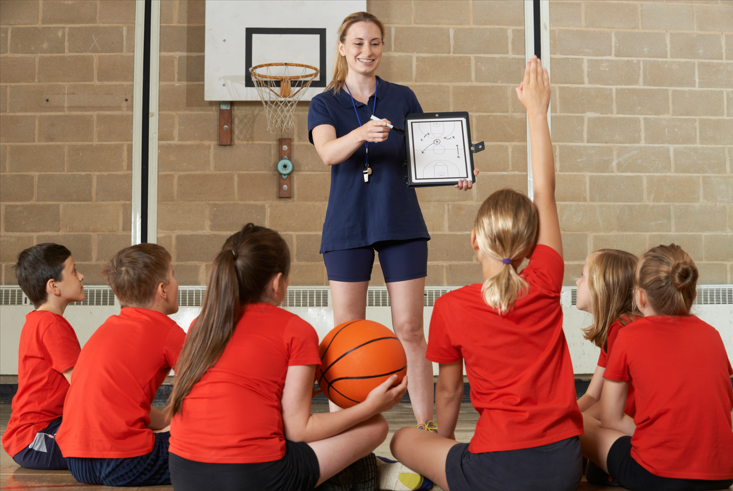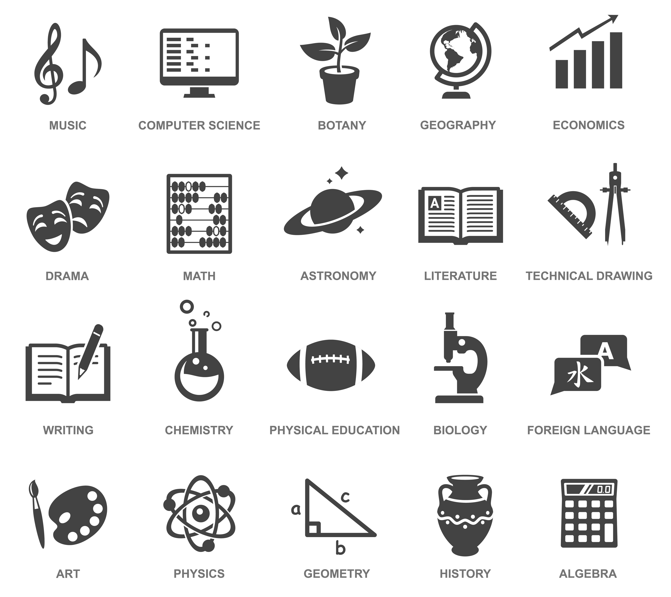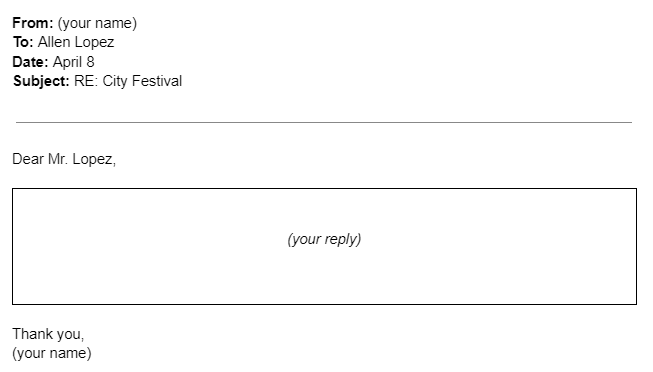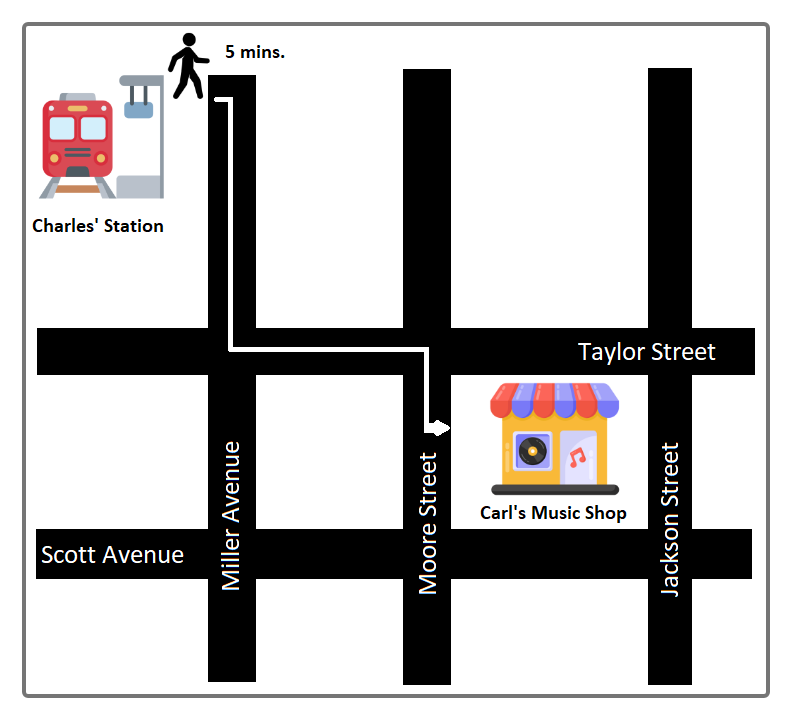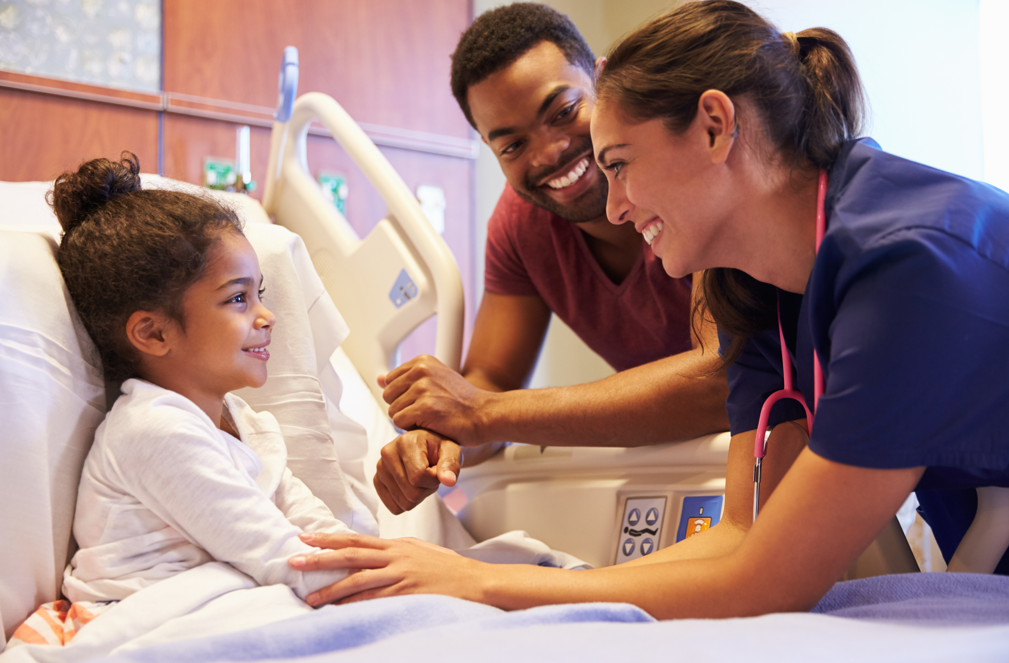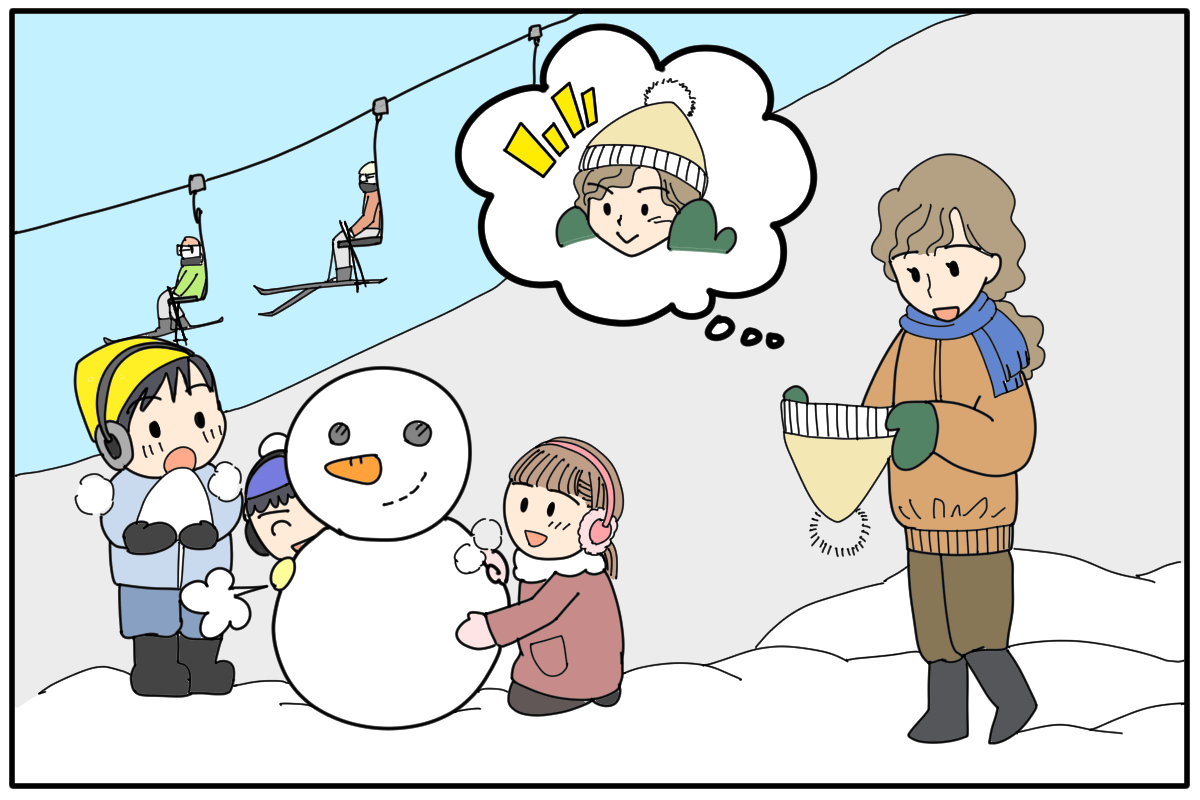
| investor |
投資家
|
| venture |
冒険的事業、ベンチャー
|
| entrepreneur |
起業家
|
| individuality |
個性
|
| fall behind |
…より遅れる
|
Some of the reasons why venture companies do not grow in Japan are a lack of support for starting a business and the low level of trust investors have in venture companies. It is also linked to Japan’s employment system and the country’s unique culture, in which people tend to be modest and not good at communicating their strengths and individuality well.
Entrepreneurship may need to be taught in schools, and public support for entrepreneurs may be required, if Japan is not to fall behind in global business.
| 1. | According to the passage, how many small businesses are there in the United States? |
| Answer: | |
| 2. | What is the difference in the number of unicorn companies between the United States and Japan in 2021? |
| Answer: | |
| 3. | What does Japan need to do to keep up with global business? |
| Answer: |
| entrepreneur | |
| individuality | |
| fall behind |
|
Expression:
|
As far as I’m concerned… |
|
Sample Question:
|
Some people say that working in a company as an employee is better than owning a company by themselves. Do you agree with that? |
|
Sample Answer:
|
As far as I’m concerned, running my own business would be ideal. I will gain independence as a result of my ability to challenge myself with a variety of experiences. Furthermore, if I work hard enough, I could become a millionaire in the future. |
| Expression: | As far as I’m concerned… |
| Question: | Some people say that to be successful in business, price is more important than quality. What do you think about it? |
| Answer: |
I will check if your sentences are complete and if the grammar is correct.
| 1. | Do you think working as an employee has more benefits than owning a company? |
| Answer: | |
| 2. | Do you think having a curious personality can make you a successful small business owner? |
| Answer: |
Do you want to work abroad in the future? Why or why not?






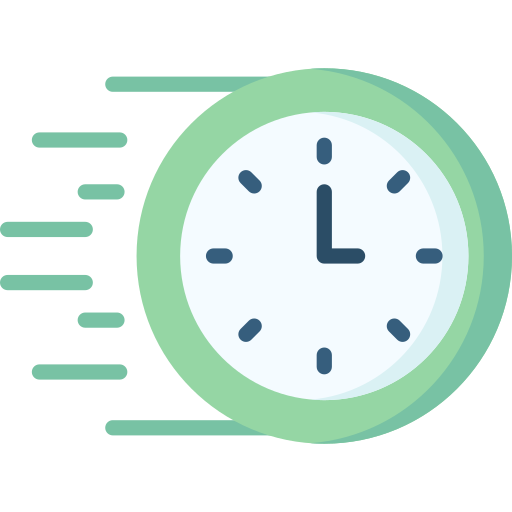
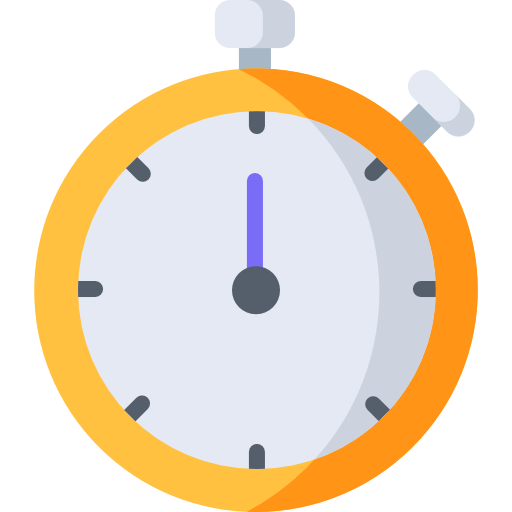



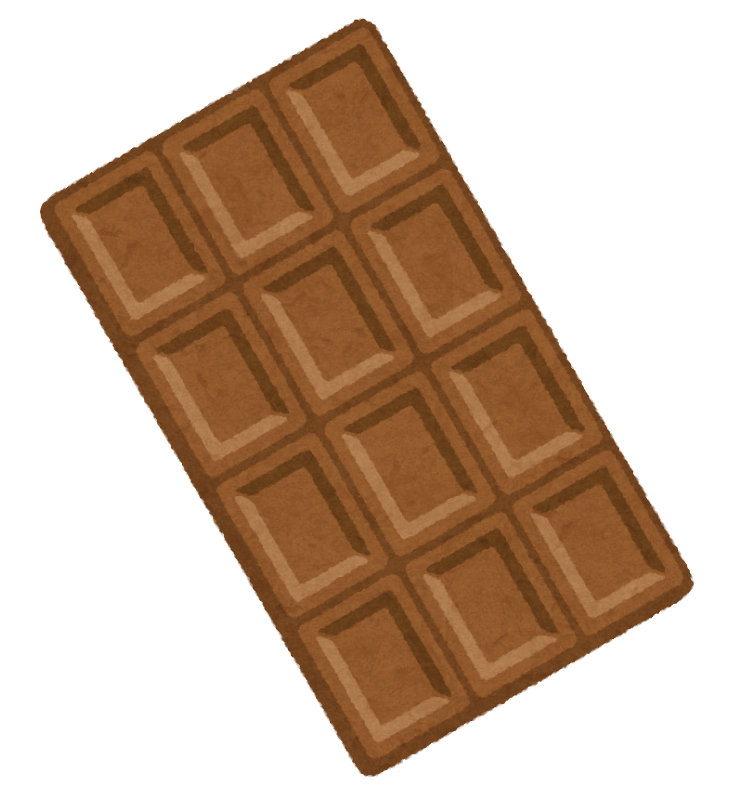



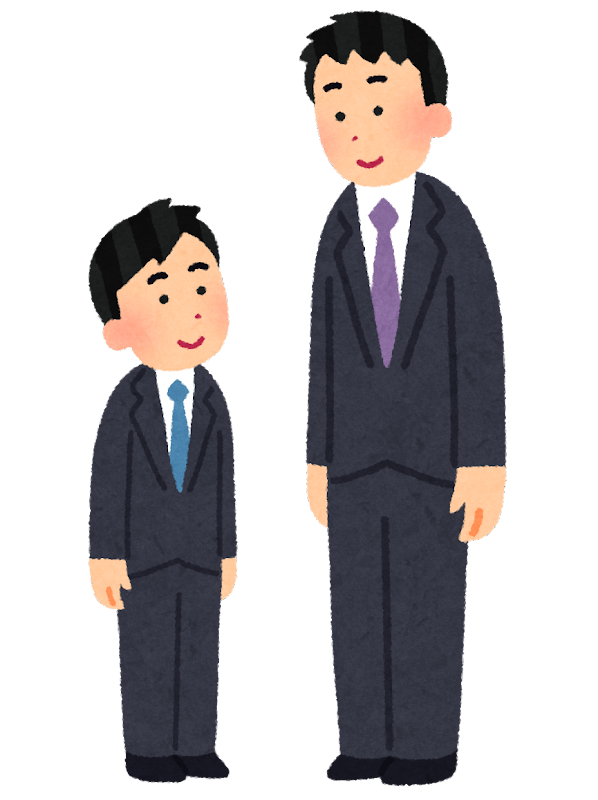
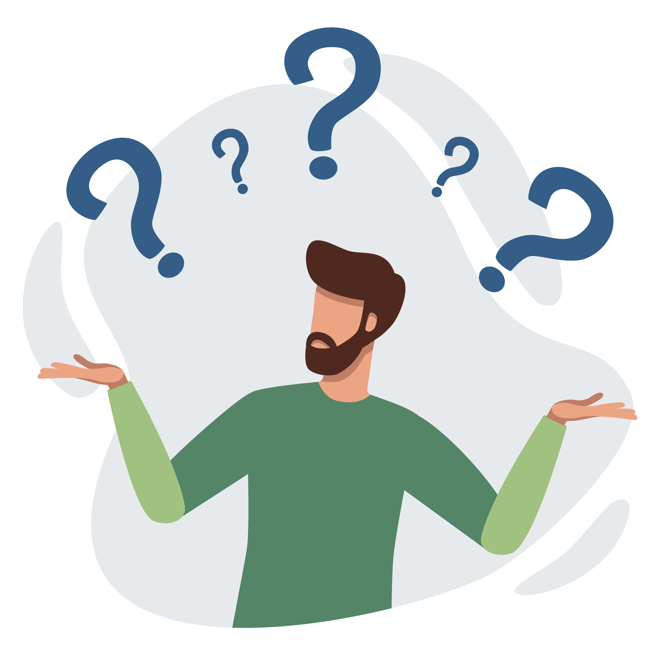

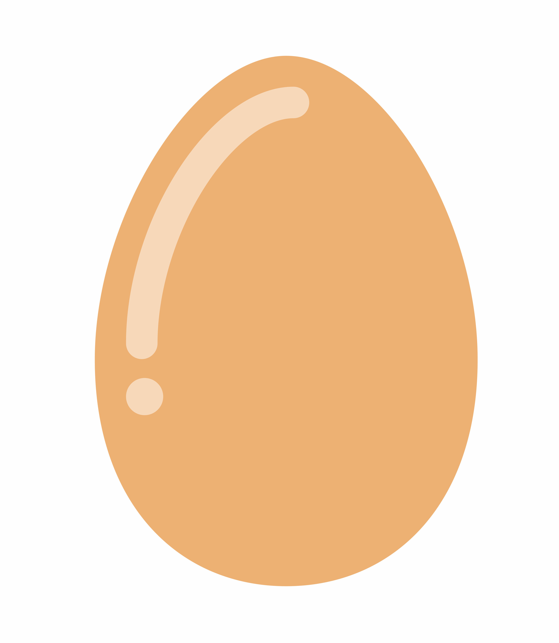
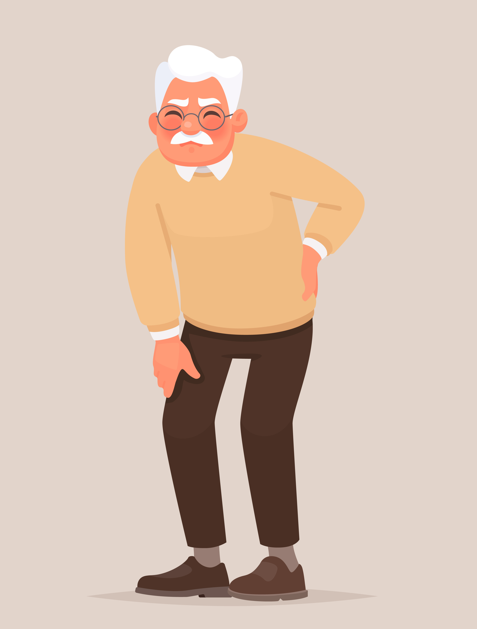
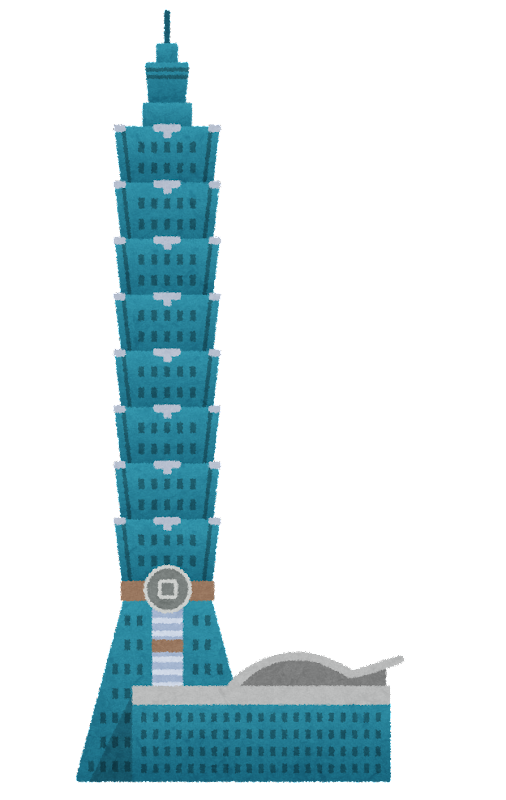

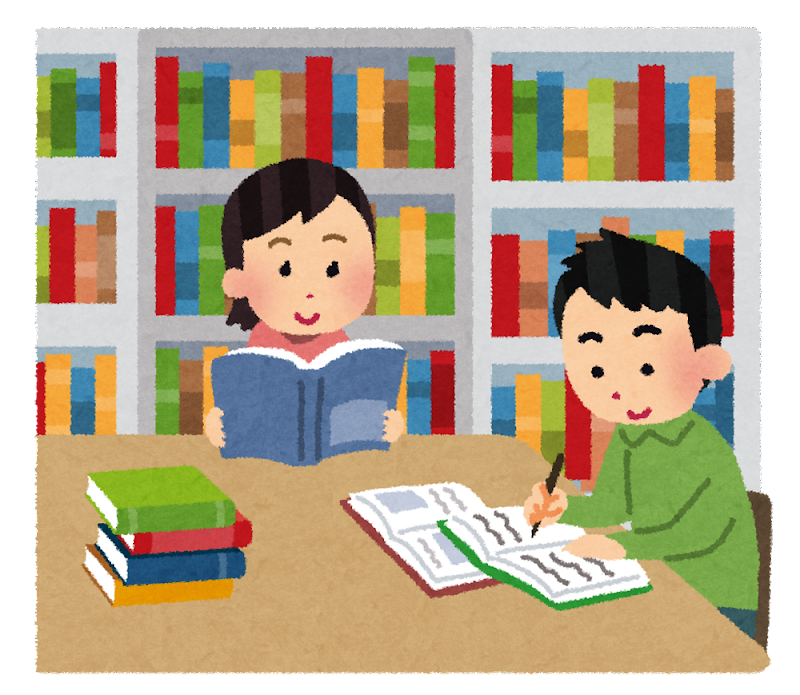




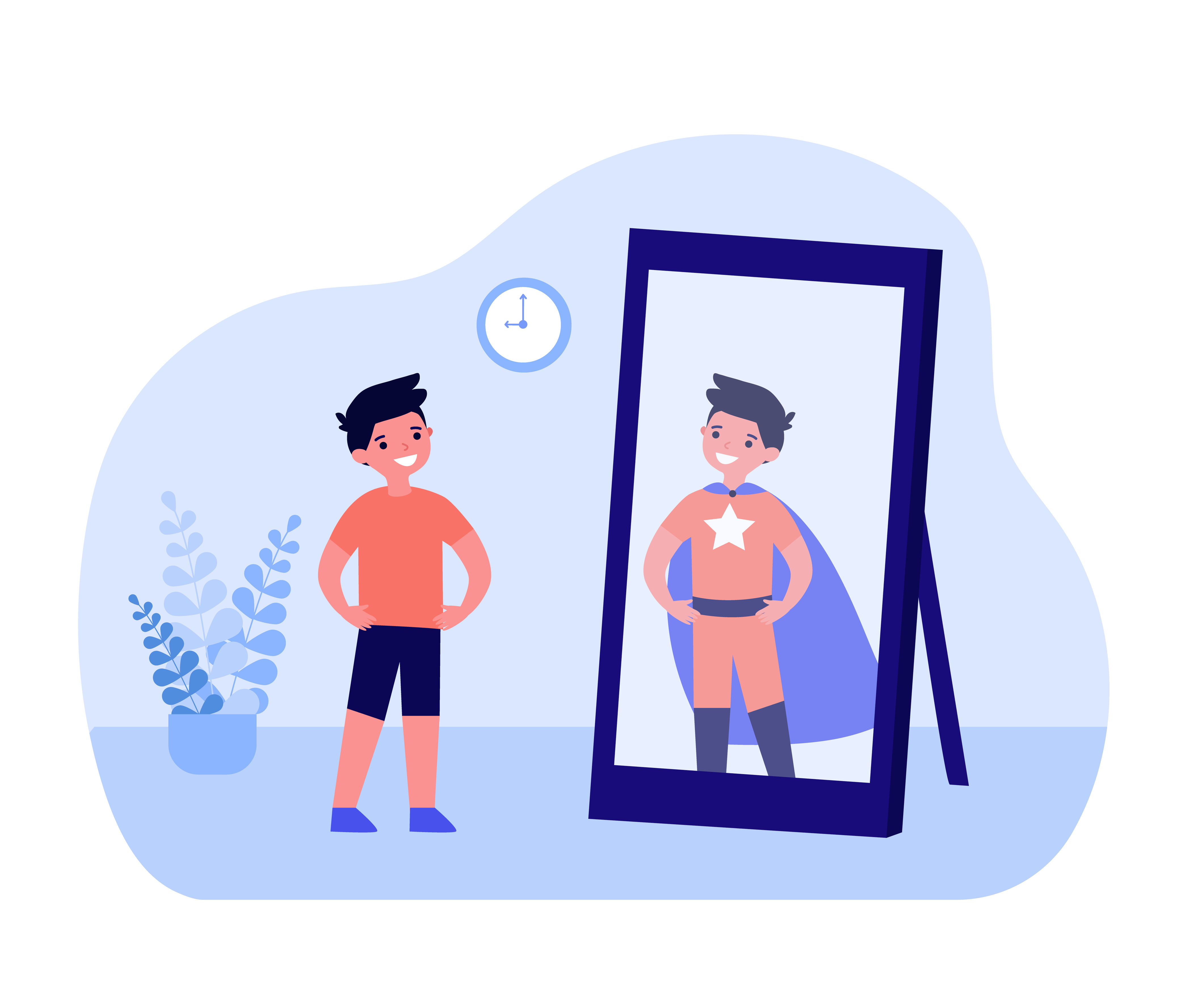

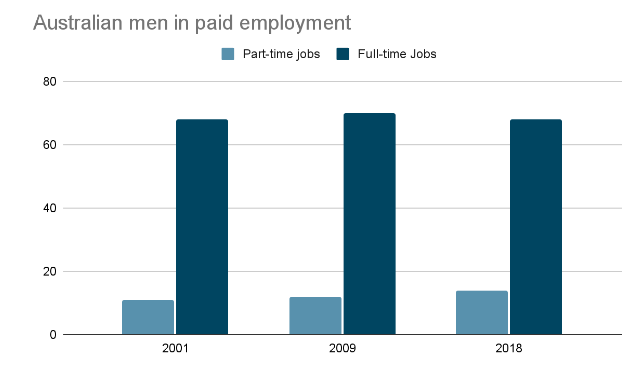
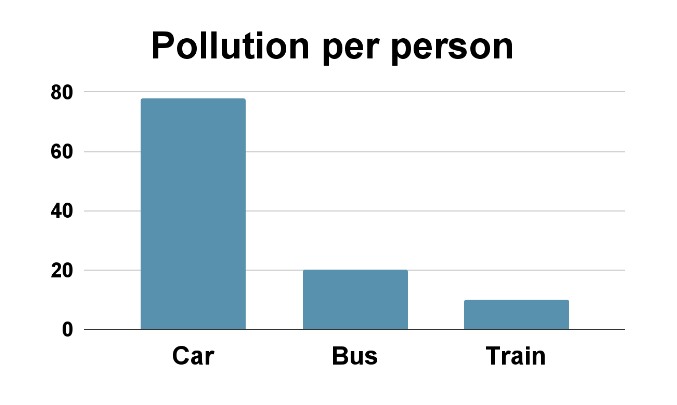
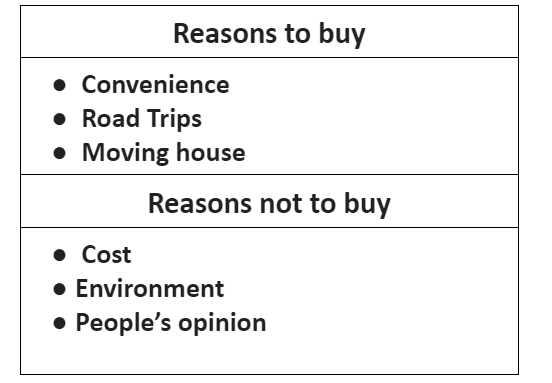
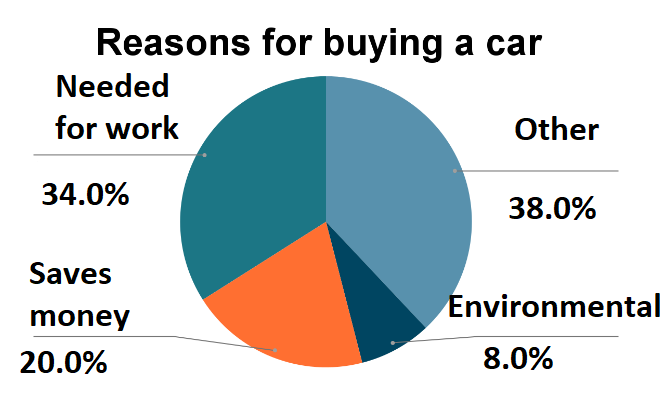
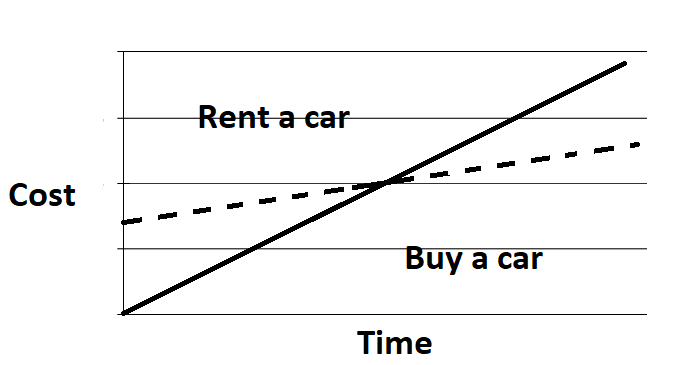
 GOOD
GOOD 


